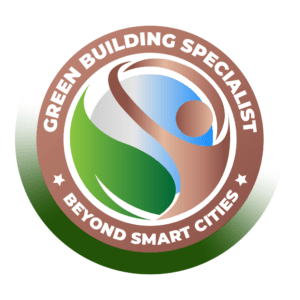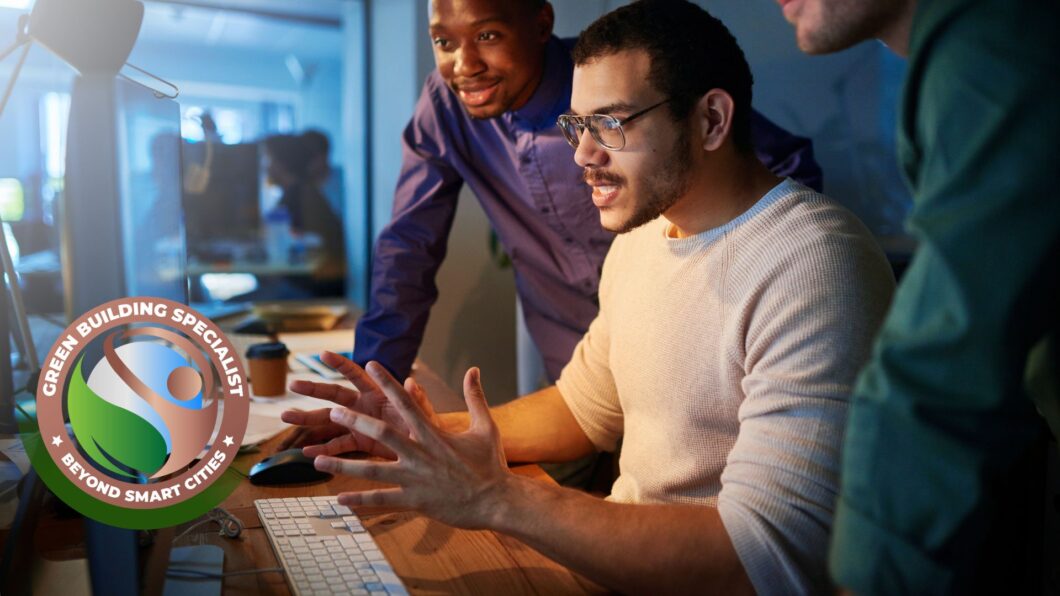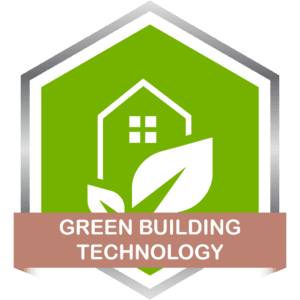IGBC Accredited Professional – Exam Question Bank
The IGBC Accredited Professional Exam Question Bank consists of multiple-choice questions. Six simulation exams, each lasting approximately 1.5 hours, will allow the students to assess their knowledge and ability to finish the exam with the required score by practicing 660 questions.
IGBC’s “Indian Green Building Council Accredited Professional Examination” (IGBC AP) is a certification for professionals (with at least 2 years of work experience) who want to participate in green building projects. To obtain the credential, one must pass this examination.
The assessment does not adhere to a predetermined scoring scale in any way. Its purpose is to evaluate a candidate’s understanding of environmentally responsible practices in the design and construction of green buildings.
Projects can earn one credit point in the ‘Innovation and Design’ category if an IGBC-accredited professional (AP) is a member of the project team.
Projects registered under the ‘IGBC rating programs,’ such as IGBC Green Homes, IGBC Factory Buildings, IGBC Existing Buildings, and other similar programs, are open to qualified individuals.
The simulation exams are applicable for the latest version of IGBC Accredited Professional (AP) and will give you lifetime access to the tests. You can take the tests an unlimited number of times. The IGBC AP credential shows a foundational understanding of sustainable building and IGBC green building concepts.
Krishnaji Pawar, founder and CEO of Beyond Smart Cities, a knowledgeable green building specialist with experience in sustainable design strategies for commissioning, environmental impact assessment, green building certification systems (LEED, GSAS, etc.), energy modeling, and environmental management systems, created the IGBC Accredited Professional – Exam Question Bank.
Each simulation exam will allow the students to focus on the credit categories they are studying while providing explanations for correct and incorrect answers. We design our simulation exams to encompass the entire curriculum of the IGBC Accredited Professional (AP) Exam.
Obtaining the IGBC Accredited Professional (AP) certification can enhance your professional credentials, provide access to new employment opportunities, and facilitate your advancement in the green building industry. The IGBC AP certification is valuable for anyone interested in making a positive environmental impact.
IGBC Accredited Professional (AP) Exam Overview
- Credentials for professionals in green building projects.
- Assesses understanding of green building design and construction.
- 90-minute test with 110 multiple-choice questions.
- A minimum score of 85 is required for success.
Benefits of our simulation exams:
- Prior to the final IGBC Accredited Professional (AP) or IGBC AP, you will assess your knowledge.
- You’ll have access to 660 questions in six simulated exams that cover the entire IGBC Accredited Professional (AP) Exam study material.
- To be able to restudy or revise, understand the reasoning behind each question and answer, as well as the related knowledge area.
- Because they cover the entire IGBC AP Exam Study Material, our simulation exams are considered part of your studies.
- You will become acquainted with the advanced terminology and processes of the IGBC Green Standard.
- You will likely pass the exam on your first attempt.
- The equations for IGBC AP Engineering and HVAC Design are
What does your course primarily teach?
- You will become familiar with green building terminology.
- Understand the high-level IGBC Green Certification process.
- To be able to restudy or revise, understand the reasoning behind each question and answer, as well as the related knowledge area.
- Be able to recognize the strategies and make smart selections.
- Experience the actual IGBC Accredited Professional (AP) Exam.
- Understand how to answer situational questions.
- Consider the practice test to be part of your studies and education.
Other Related Courses
IGBC Accredited Professional – IGBC AP Overview
The IGBC Accredited Professional – IGBC AP Overview course covers sustainable design concepts, credentialing, organizational fundamentals, the IGBC Green Building Rating System, accreditation advantages, and exam questions.
Learning Objectives
- Understand green building design and construction basics.
- Understand organizational fundamentals.
- Understand IGBC Rating Systems.
- Gain an IGBC-accredited professional credential.
- Practice IGBC AP Sample Exam Questions.
The IGBC Accredited Professional Overview course covers sustainable design concepts, obtaining the IGBC AP credential, organizational basics, the IGBC Green Building Rating System, IGBC certification benefits, and practice exam questions.











